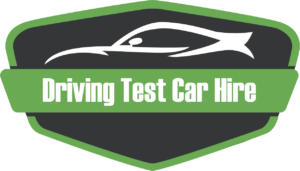The Test
The UK Driving Test
The practical driving test includes an eyesight check, safety questions and about 40 minutes of driving which involves a section of independent driving.
What are the Show Me/Tell Me questions for the Driving Test in the UK?
The Examiner Will Ask You One:
Tell Me “Question (Where you explain how you’d carry out a safety task) at the start of your test, before you start driving”.
“Show Me “Question (where you show how you’d carry out a safety task) while you’re driving”.
What is Independent Driving?
Independent driving is part of the practical driving test in England. Examiners give candidates step-by-step instructions during the test, apart from a section where the candidate will be asked to drive independently.
In the independent driving section of the test, you’ll have to drive independently by either following:
Traffic Signs
Series of Directions
Combination of Both
To help you understand where you are going when following verbal directions, the examiner will show you a diagram like this:

Forgetting the Directions
It doesn’t matter if you don’t remember every direction or if you go the wrong way that can happen to the most experienced drivers.
Independent driving is not a test of how you follow directions. Driving independently means making your own decisions – this includes deciding when it’s safe and appropriate to ask for confirmation about where you’re going.
If you ask for a reminder of the directions, the examiner will confirm them to you. Don’t worry If you go off the independent driving route as it won’t affect the result of your test unless you commit a driving fault. If you go off the route or take a wrong turning, the examiner will help you to get back on the route. You can then continue with the independent driving
Poor traffic signs
If there are poor or obscured traffic signs, the examiner will give you directions until you can see the next traffic sign. You won’t need to have a detailed knowledge of the area

